How long is a half marathon anyway?
The short answer: 13.1 miles. But if you've not run a half marathon before, understanding what that looks and feels like isn't that simple. Here, we breakdown what it's like to run a half marathon bit by bit!
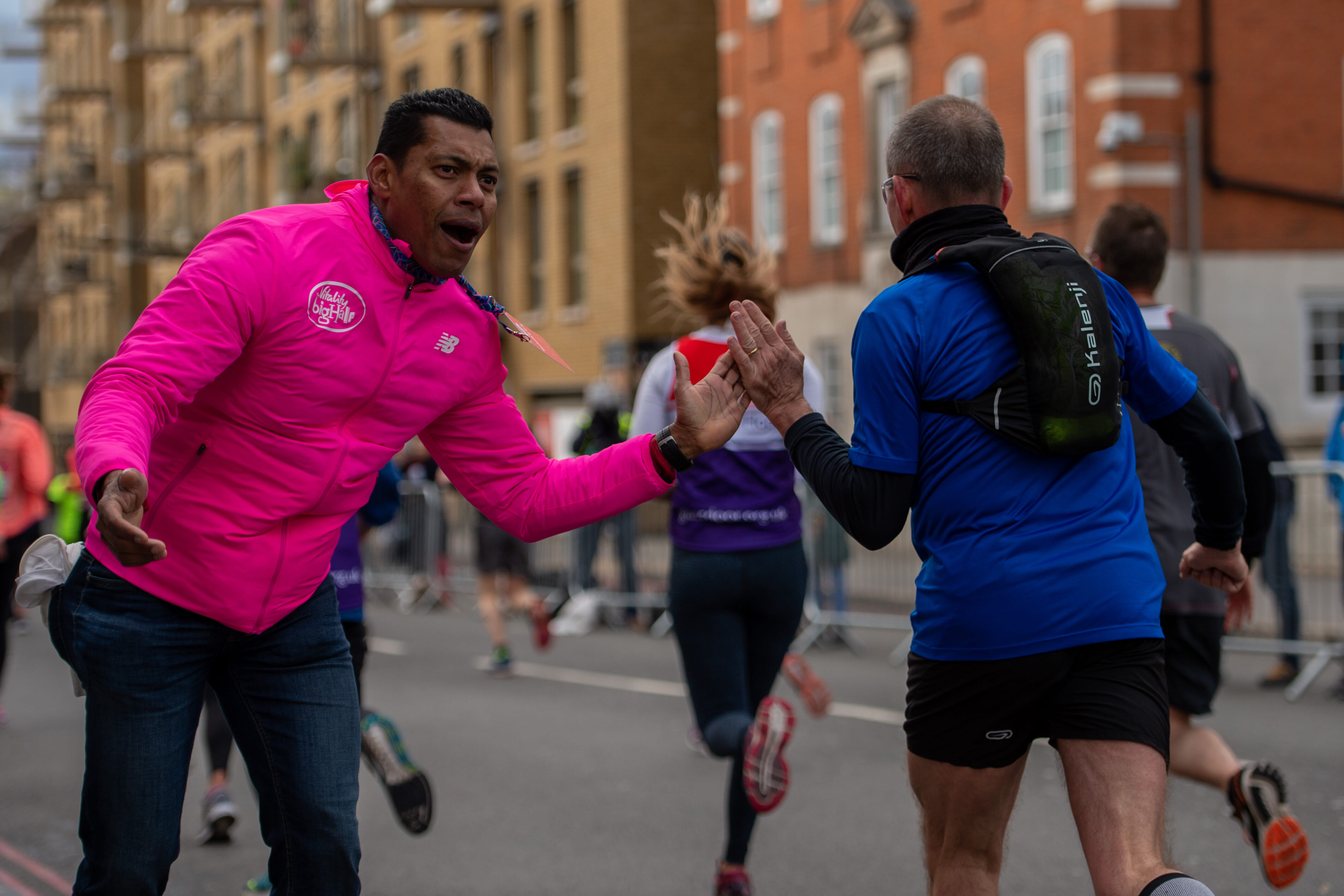
Half marathons are some of the most popular running events in the UK, with thousands of people attending major road races and raising millions of pounds for charity. They're also some of the most supportive runs - events like the Great Bristol Run, for example, draw incredible crowds to support runners and feature great entertainment along the course.
Running your first half marathon, though, can feel daunting. If you've trained well, building up from a 10K, then you should be in for a great experience, but it can help to get a much clearer understanding of what you've got yourself in for. Which is where we come in.
This is your guide to what it really feels like to run a half marathon. While you can compute the distance easily enough, getting a good idea of how your legs are going to feel by mile nine is going to be a major help in your preparation. Using some of the most popular half marathons in the country, we're going to outline what you can expect along the way!
Half marathon distance
First, though, the simple answer. A half marathon is 13.1 miles long, which equates to 21K. This makes it a long-distance race by athletic standards and the mid-point between a 10K (6.2 miles) and marathon (26.2 miles or 42K).
An average runner could expect to complete a half marathon in between two to three hours, running at roughly 10 minutes/mile. More experienced runners will aim to go under two hours and get closer to 01:30:00.
Why is that the half marathon distance?
To understand why a half marathon is measured at 13.1 miles, we need to know the history of the full marathon distance, i.e. 26.2 miles. The marathon as an event traces its history to the Classical era and the Battle of Marathon in 490 BC. Allegedly, after an unexpected Athenian victory against the invading Persians, the messenger Pheidippides was sent running back to Athens to announce the news. He ran 25 miles across rocky, dusty trails and arrived in the city to declare "Nike!" ("Victory!), after which he died from exhaustion.
Thankfully, there are few parallels between the historical origins of the marathon and the modern day event, but marathons were established as 25-mile races when the modern Olympics were launched in 1896. It was in 1921 that the distance was formally standardised as 26.2 miles, after being extended in 1908 so that the British Royal Family could better observe the start and finish of the race. Since then, marathons have continued to be measured as 26.2 miles or 42.195 kilometres.
The half marathon as an event was created much later than the full marathon and is not recognised as a standard distance by the Olympics or World Athletics. In fact, half marathons were created more by public demand than anything else as recreational running became more popular after the Second World War and race organisers looked to increase options for amateur runners. The first world record for a half marathon - known as a 'world best' until 2003 - was set by Brian Hill-Cottingham in 1960, with a time of 01:07:01.
Half marathon in miles
Now we know why a half marathon clocks in at 13.1 miles, we need to turn to the more useful question how it feels to run that distance. If you've never run a half marathon, getting your head around what lies in store is easier if you know roughly what's coming, so we've highlighted what you might expect along the way at some major half marathons in the UK.
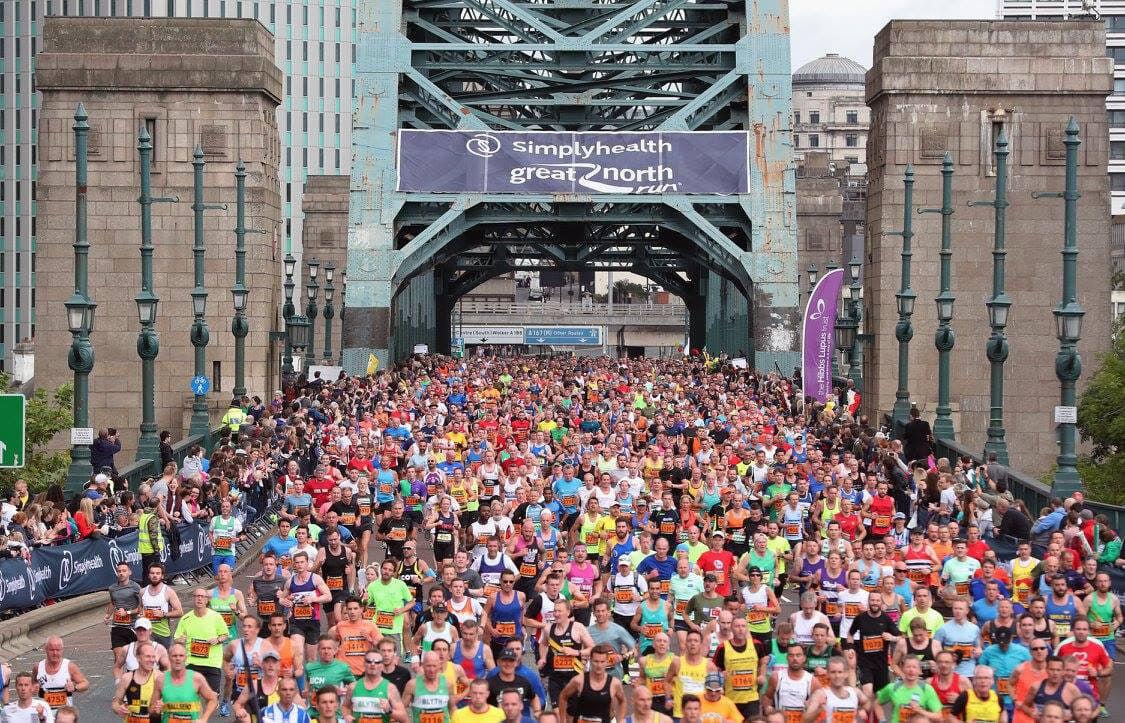
The first few miles of a half marathon are congested, so ease into it!
Miles 1 to 3
Don't be tempted to fly out the blocks! Many runners will make this mistake and run the first mile too quickly, getting caught up in the excitement of the event and the pre-race atmosphere. Instead, try just to settle into your pace and don't worry about the first mile being a bit slower than you're used to - it will be busy and dodging around people constantly will just waste energy.
The first couple of miles of the Great North Run, for example, are split across the central motorway with tens of thousands of runners on either side - there's no point trying to race ahead, just enjoy the atmosphere!
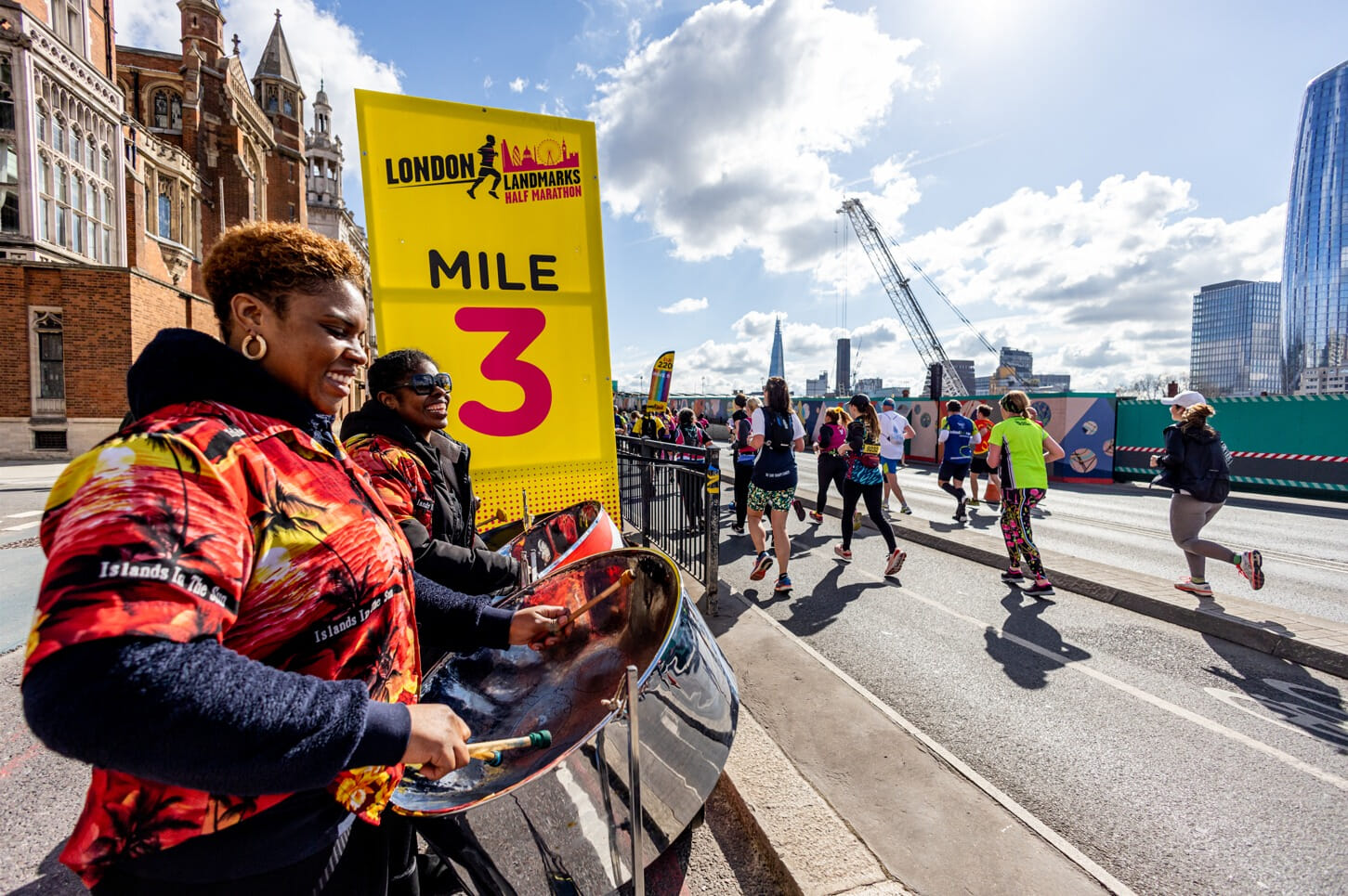
Heading into the middle miles of a half marathon means settling into your rhythm.
Miles 4 to 6
After a few miles, runners will have settled into their natural pace and the road/trail won't be as congested, so this section will be the most familiar to your training. With that in mind, remember to enjoy these miles! You'll likely feel quite strong and will have enough energy in the tank to appreciate the race around you.
At the London Landmarks Half Marathon, you would expect to be running past iconic monuments like St Paul's Cathedral and the Guildhall, so enjoy the views and the atmosphere in this purple patch of the run.
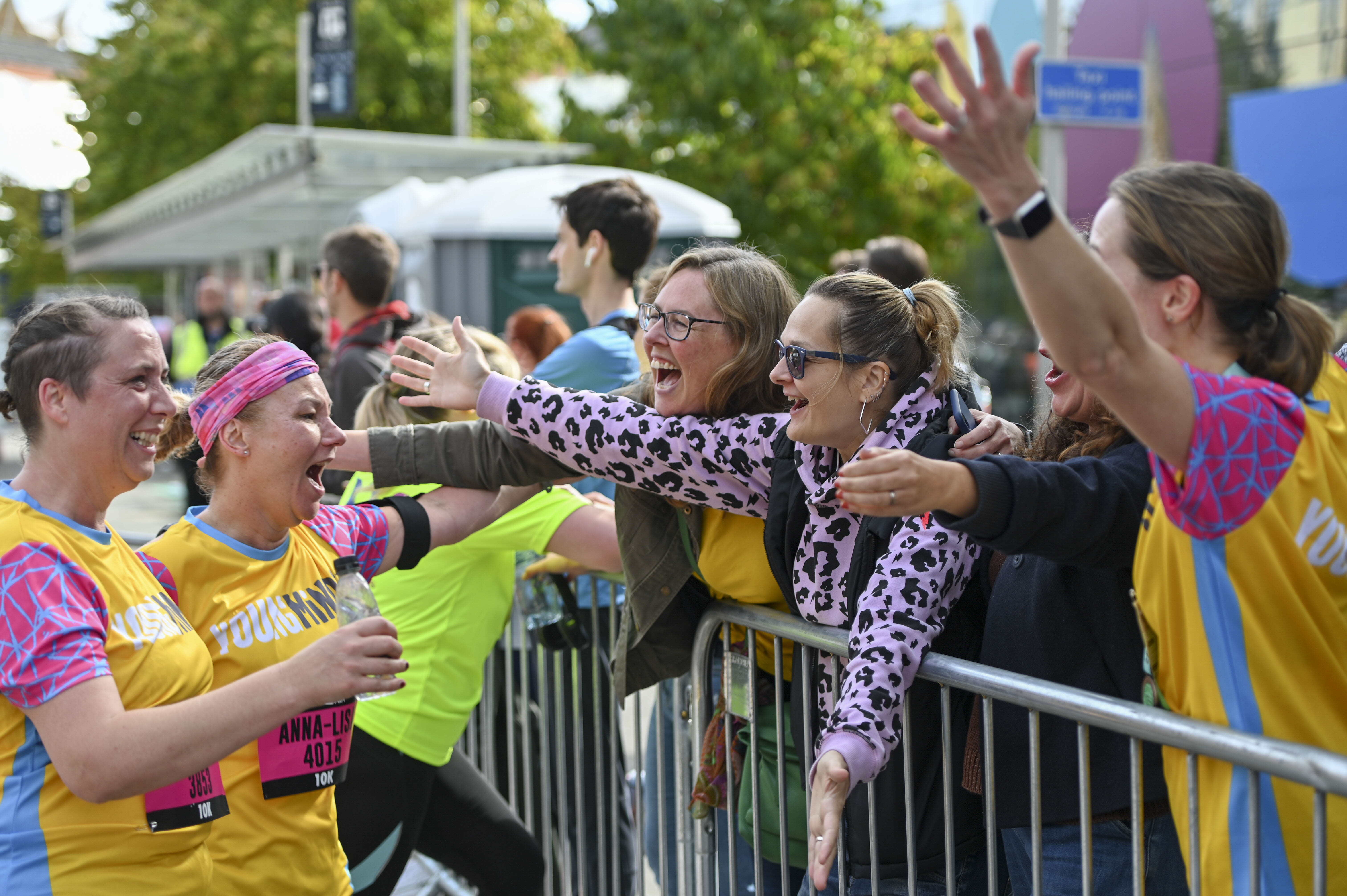
Take advantage of crowd support to help you through those tough miles!
Miles 7 to 9
These would still be considered the 'middle miles' by any competitive runner, which means it's not time to start attacking the race if you're looking for a PB. Continue to run in a relaxed manner and make sure you're sticking to whichever fuelling strategy you've decided on beforehand. These miles will start to feel tougher than what's gone before - depending on how you've trained, by the time you reach mile 9 you may not have done many training runs longer than this.
The key is to maintain your pace, refuel when you need to and appreciate the support when it comes around. Races like the Great Bristol Run - in which you would be running back along the River Avon - have regular music stations and cheer zones to keep you moving, so take advantage of them!
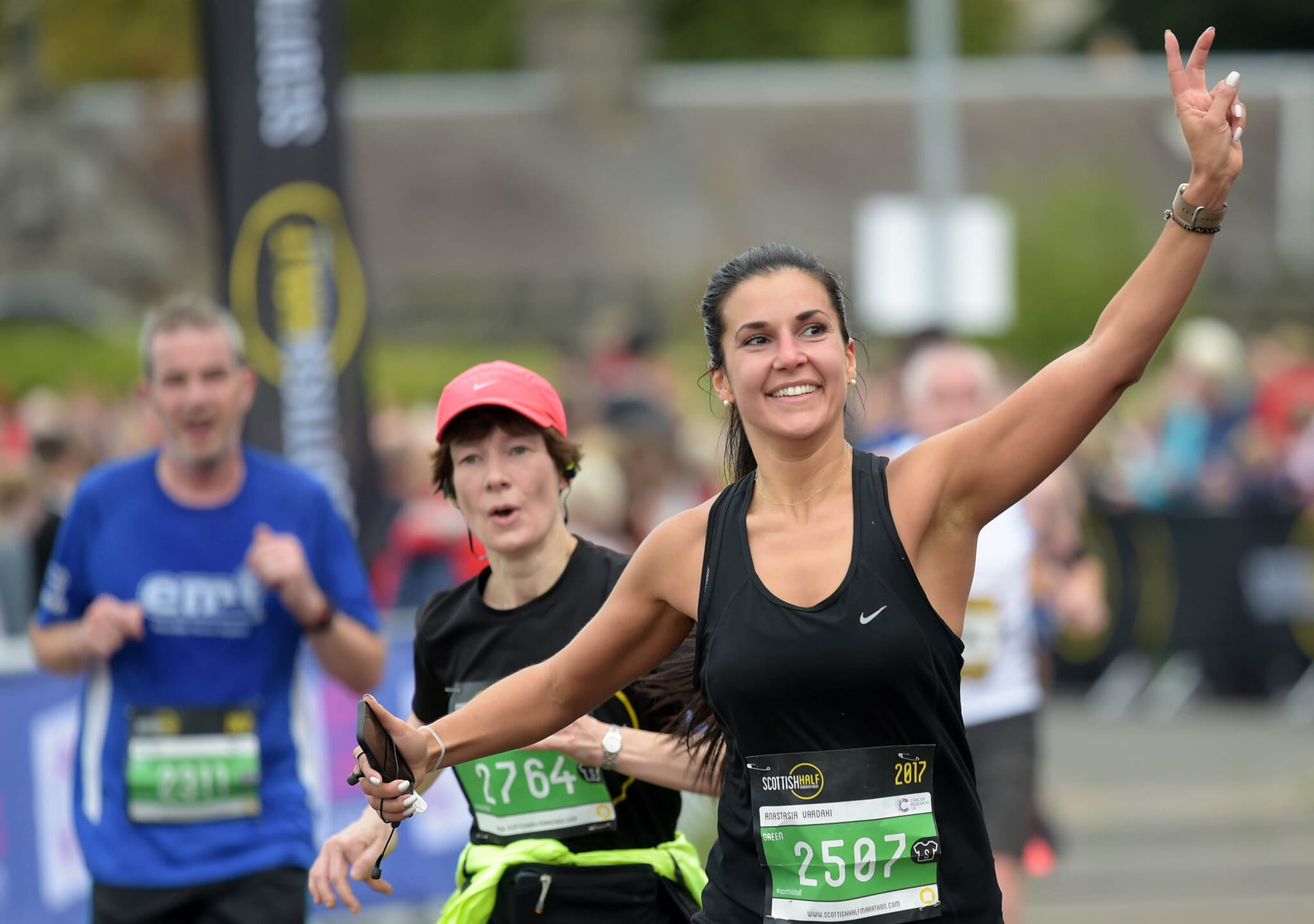
Enjoy the feeling of reaching the finish line - you've earned it!
Miles 10 to 13
If you have any energy left in the tank, now is the time to empty it!
You likely won't have done many training runs reaching this distance, so these miles will feel the toughest with tired legs and low energy reserves, but the saving grace is that the finish line is within reach. In most races, these miles will be busier with on-course entertainment and crowd support than previously, which will help to give you the boost you need to the finish line.
The final miles of the Scottish Half Marathon, for example, build to a grandstand finish down the final furlong of Scotland's oldest racecourse, which should be more than enough to keep your tired legs moving!
Half marathons in 2025
There are a huge range of half marathons to enter in 2025, whether it's your first or your fifth. For anyone who hasn't run a half marathon before, we'd recommend signing up to a major event - although local races can be brilliant, the increased support you'll enjoy at a mass participation run will provide the motivation you need to reach the finish line.
Looking for something else?
There are hundreds more half marathons to discover on TimeOutdoors, including trail half marathons. Discover them all here!
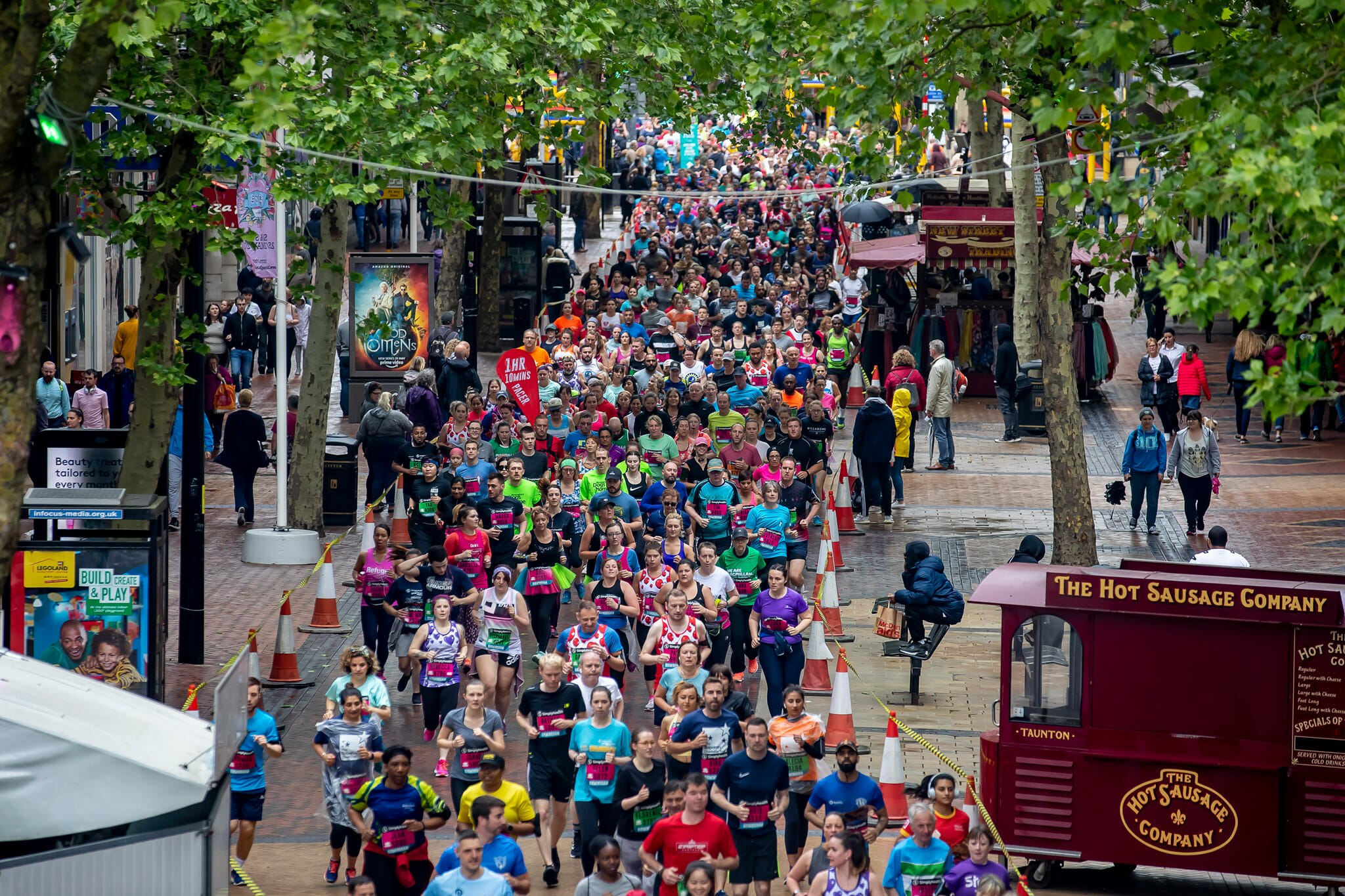
- Sun 3 May 2026
- £43-£48
Great Birmingham Run Half Marathon
Take on a thrilling run at the Midlands' biggest and best running event! Thousands of Brummies pound the streets every year, from the heart of the city with an incredible atmosphere all the way.
- 13.1 miles road running
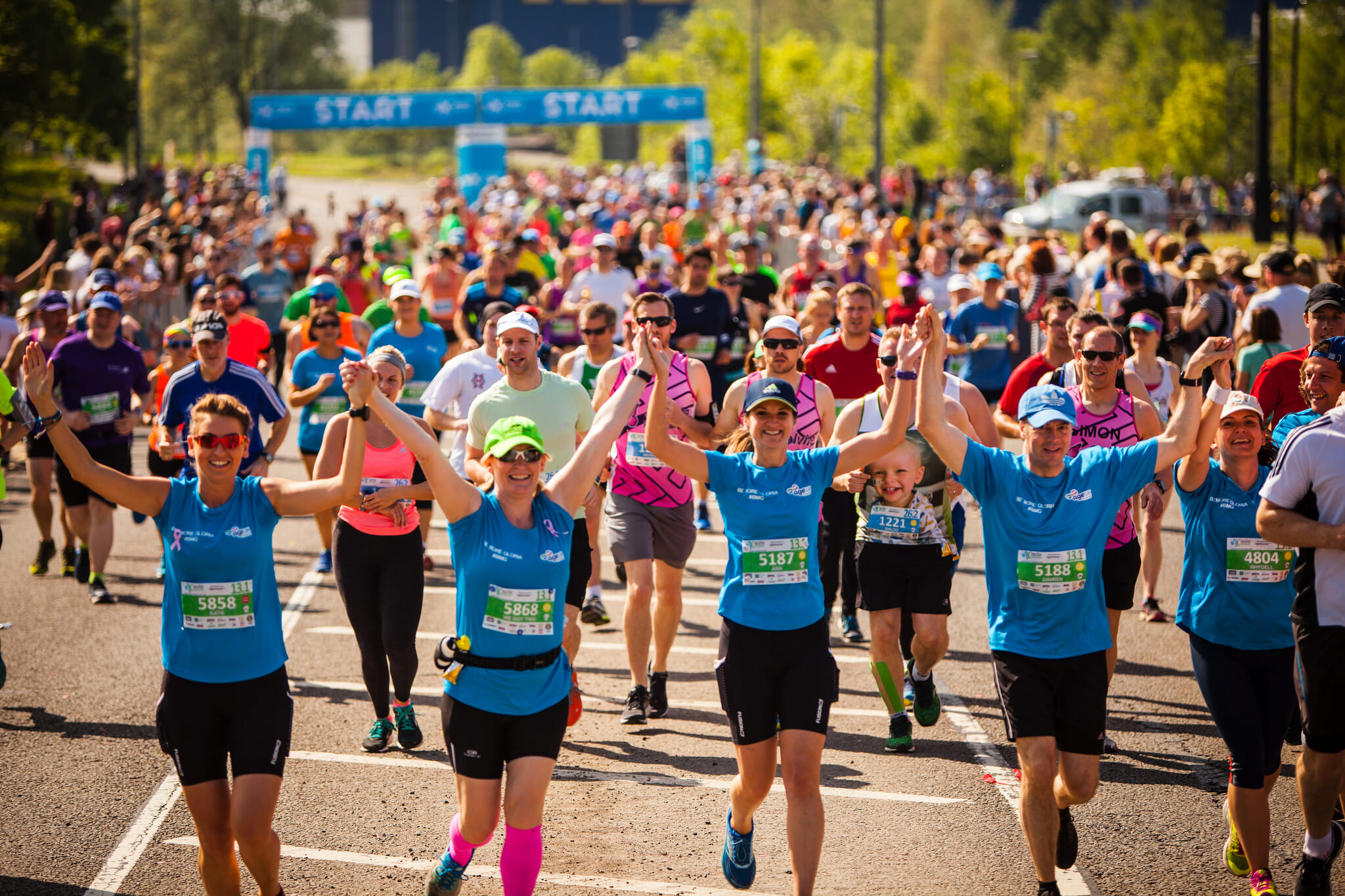
- Mon 4 May 2026
- £40-£50
MK Half Marathon
A popular, fast, scenic AIMS-certified race, with BARR Gold accreditation for outstanding race management featuring beautiful lakes, parks, and picturesque villages with the highest level of support.
- 13.1 miles road running + 518 ft ascent
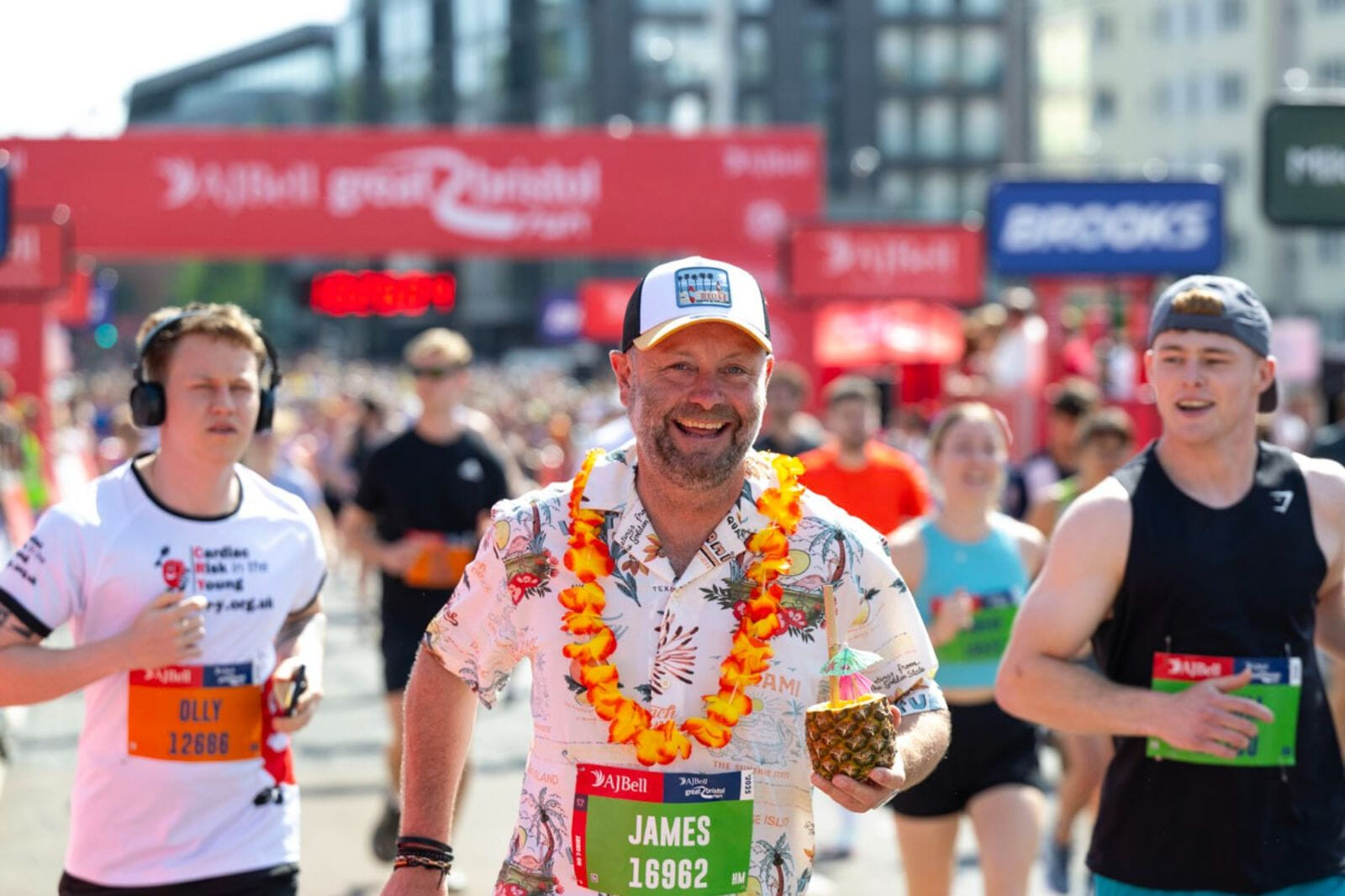
- Sun 10 May 2026
- £47-£52
Great Bristol Run Half Marathon
Loved by Bristolians and beyond, it's the best in the South West! Each year, thousands of runners push their perseverance and passion to the limit and take on Bristol’s super-scenic route.
- 13.1 miles road running
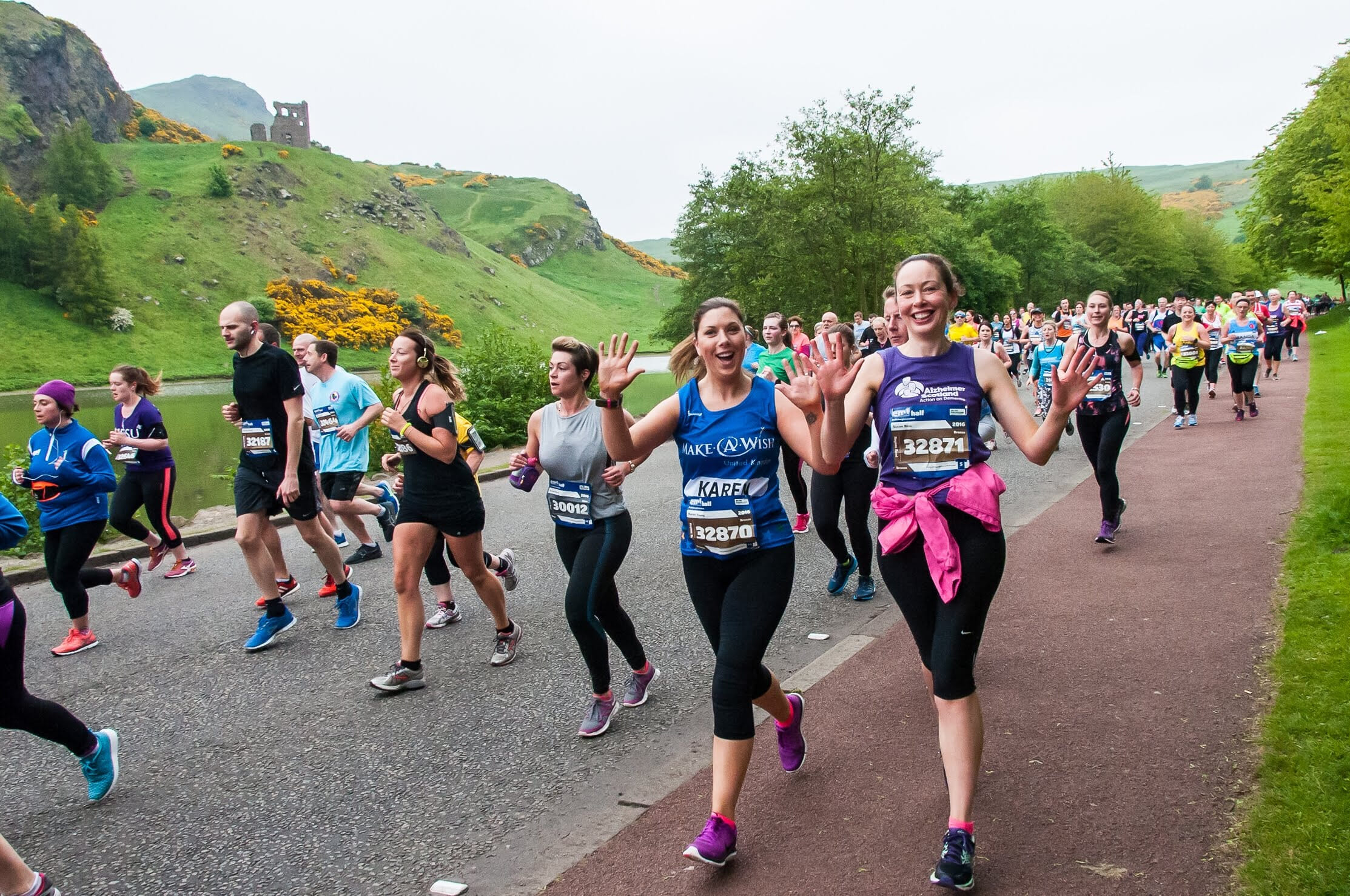
- Sun 24 May 2026
- FREE-£40
Edinburgh Half Marathon
Just before the Marathon, the Half follows the same fast and flat route from the iconic castle and city sights to the coast for an explosive finish and offers genuine PB potential.
- 13.1 miles road running + 76 m ascent
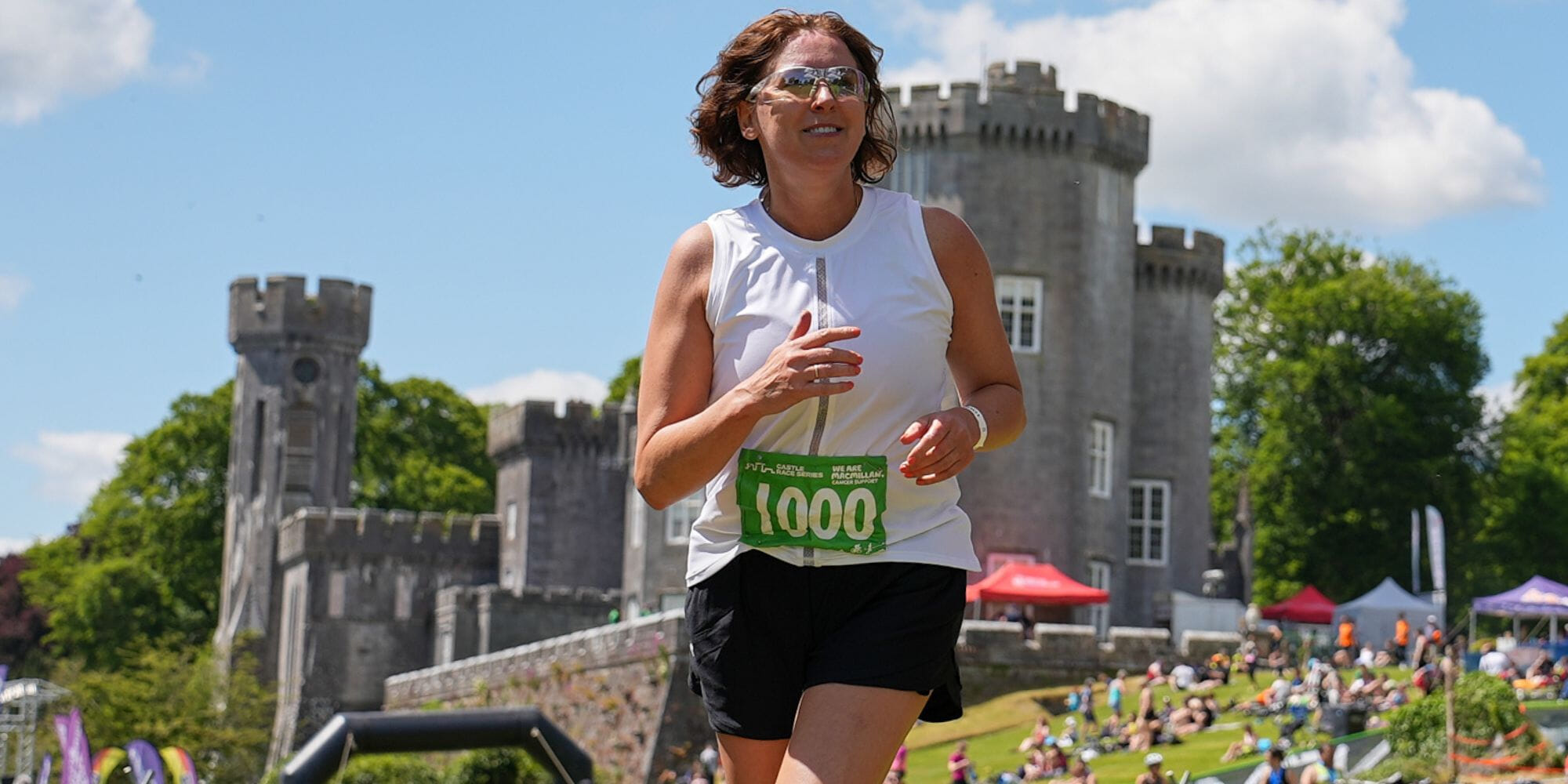
- Sun 24 May 2026
- £36-£45
Lough Cutra Castle | Half Marathon
Race through the beautiful castle grounds over a half marathon route for all levels from first-timers to elite then celebrate with friends and family in the festival village.
- 21.1 km trail running
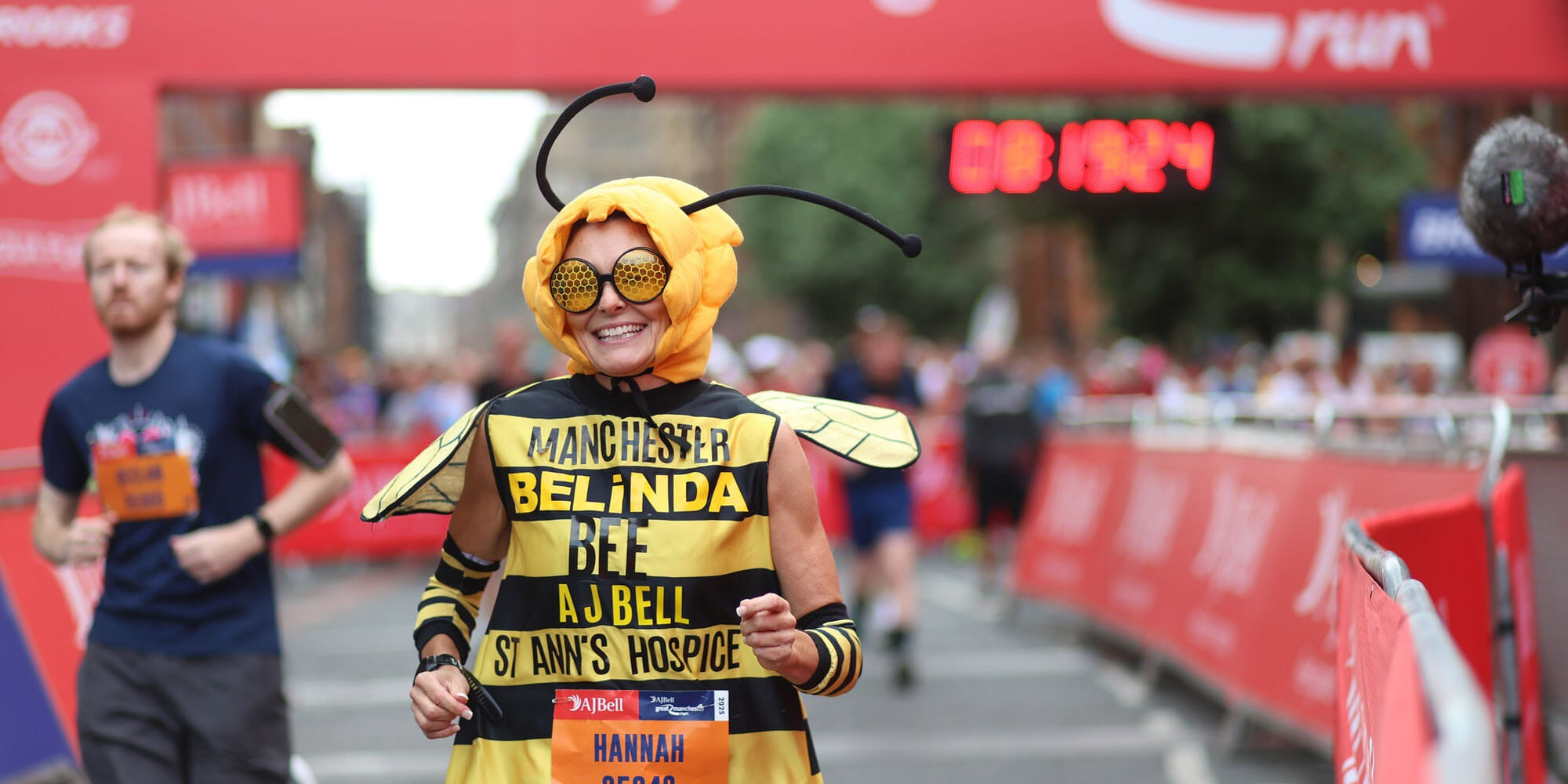
- Sun 31 May 2026
- £50-£55
Great Manchester Run Half Marathon
The city’s original and best-loved running event! It's a party from start to finish with a high-energy soundtrack and live music. Over 99% of Manchester runners say they’d recommend it to a friend.
- 13.1 miles road running
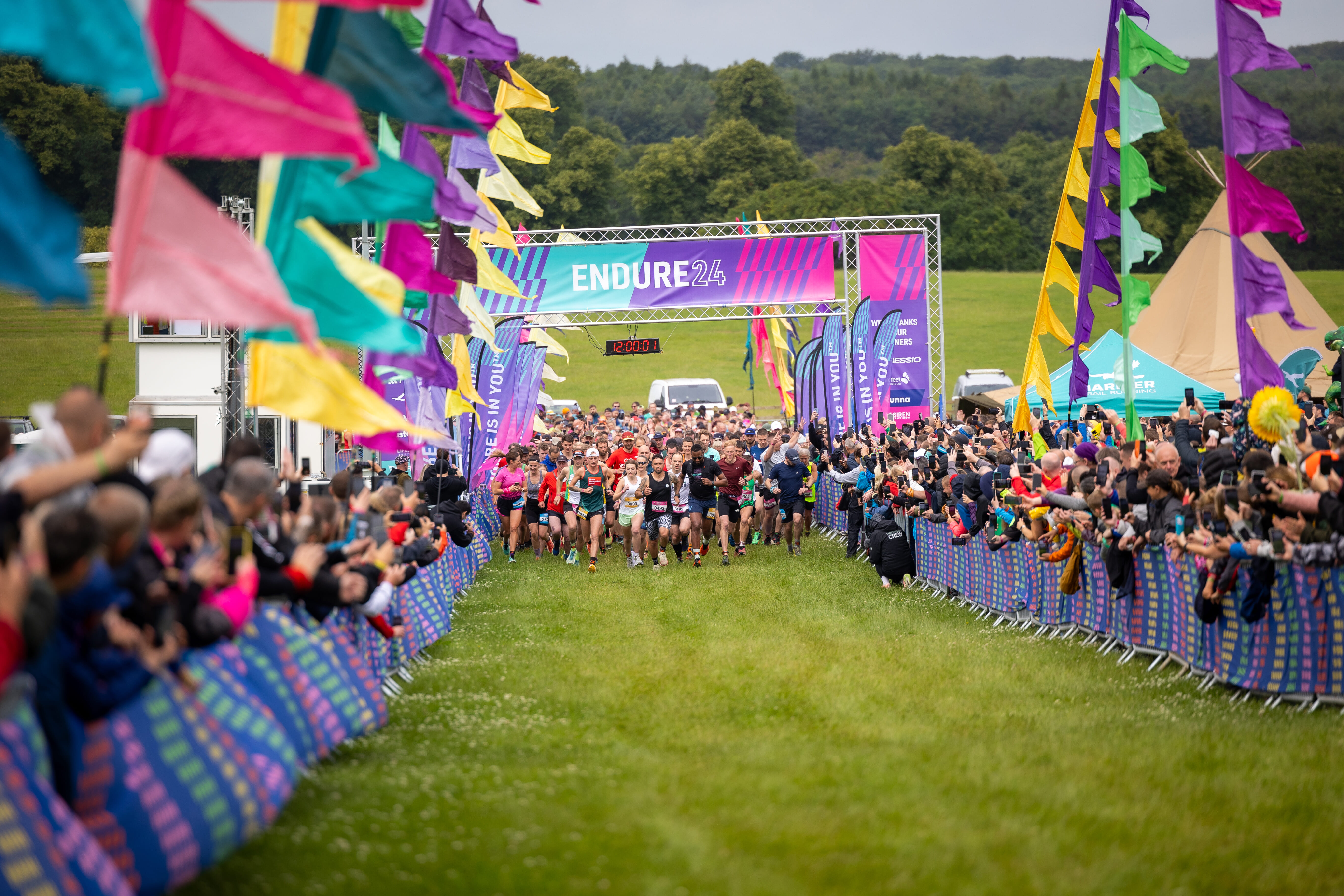
- Sat 6 - Sun 7 Jun 2026
- £95-£105
- Team & charity places only
Endure24 | Reading
The UK’s favourite 24-hour trail race! Epic, Brutal, Relentless. Race against the clock to tackle as many laps of the iconic course as you can. How far can you go in 24 hours?
Team & charity places only
- 24 hrs multi terrain running
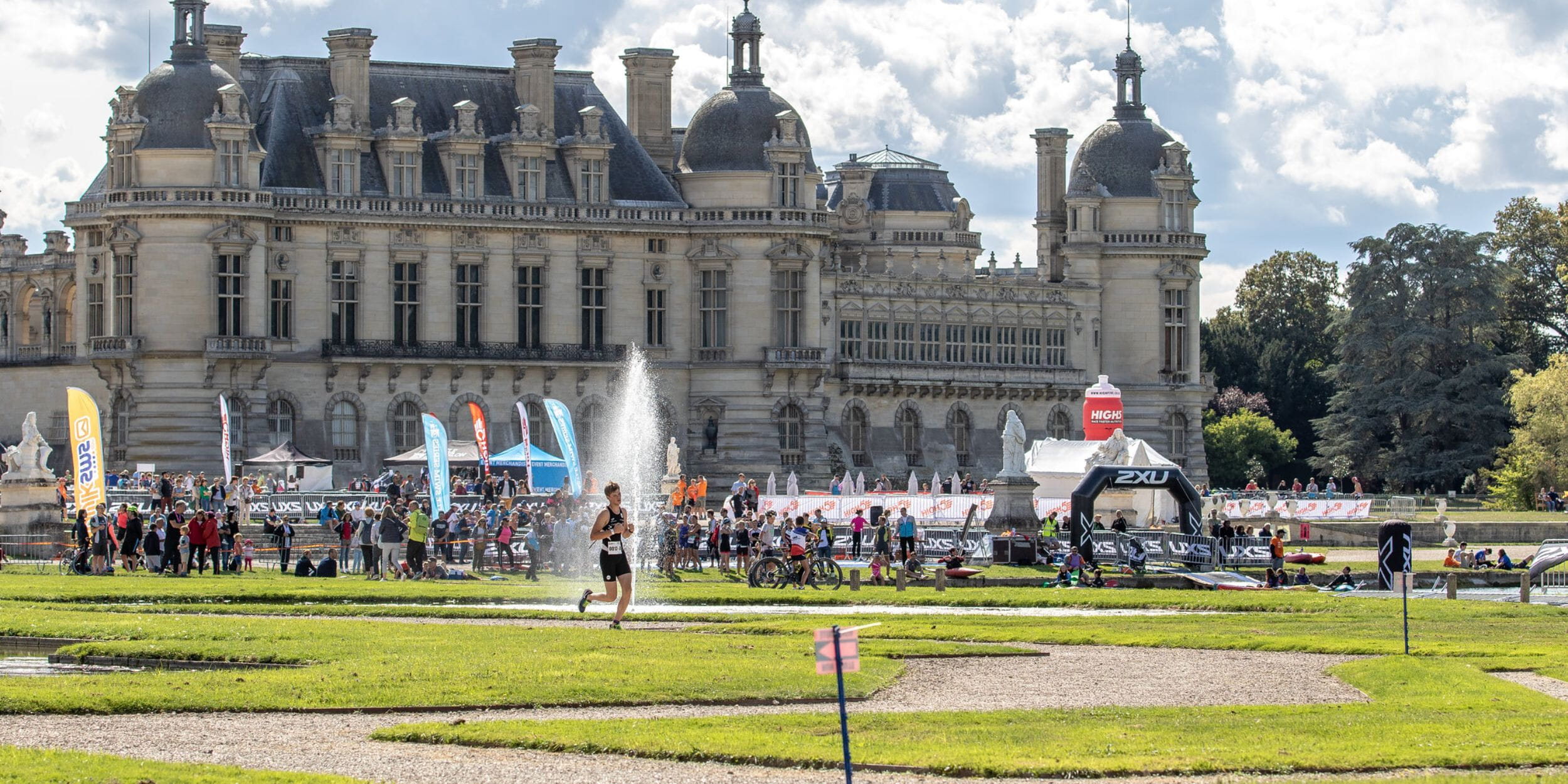
- Sun 7 Jun 2026
- £36-£45
Chateau de Chantilly | Half Marathon
Run a half marathon through the beautiful grounds and surrounding area of the stunning Château de Chantilly then celebrate with friends and family in the festival village.
- 21.1 km trail running + 167 ft ascent
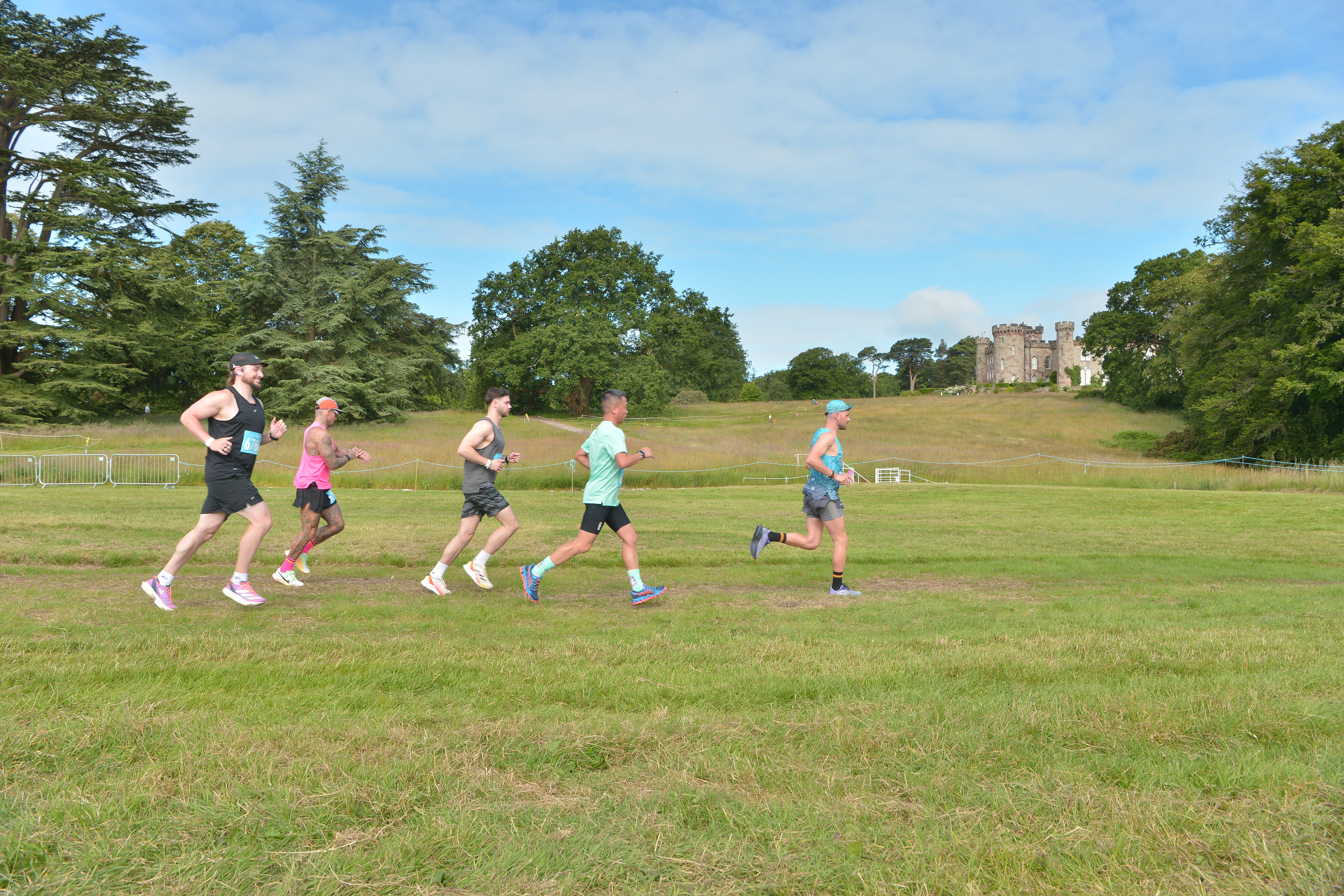
- Sun 21 Jun 2026
- £36-£45
Cholmondeley Castle | Half Marathon
Race a half marathon through the beautiful grounds of the Cholmondeley Castle estate in this event for a range of levels of runner, then celebrate with friends and family in the festival village.
- 21.1 km trail running
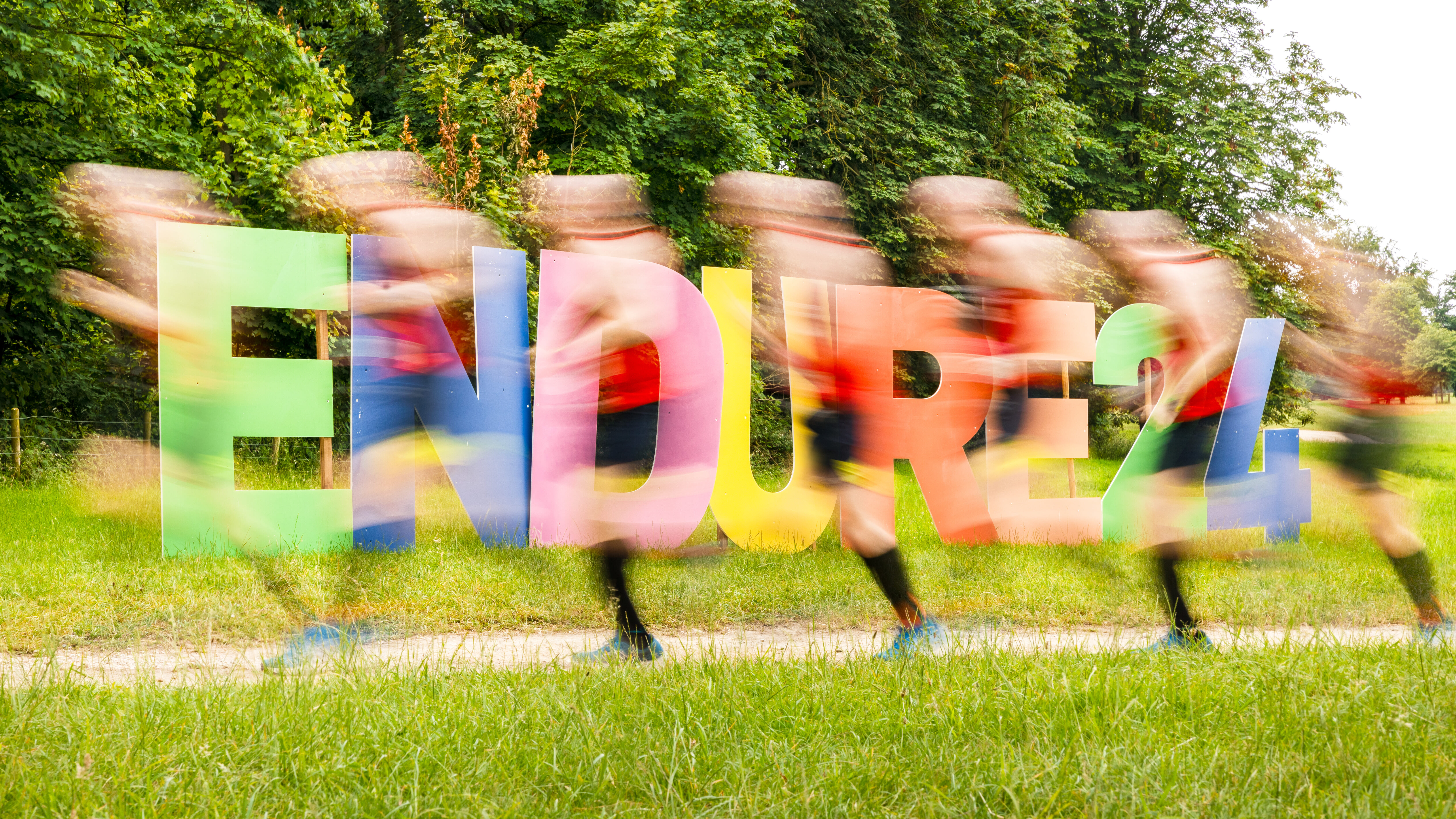
- Sat 27 - Sun 28 Jun 2026
- £95-£105
- Team & charity places only
Endure24 | Leeds
The north's favourite 24-hour trail race! Epic, Brutal, Relentless. Race against the clock to tackle as many laps of the iconic course as you can. How far can you go in 24 hours?
Team & charity places only
- 24 hrs multi terrain running

- Sun 12 Jul 2026
- £41.95
Rasselbock Half Marathon
Welcome to the stunning Sherwood Pines for an incredible day of running in the forest - whether it's your first event, you're going for a PB or if you just want a day in the forest with friends!
- 13.1 miles trail running + 695 ft ascent
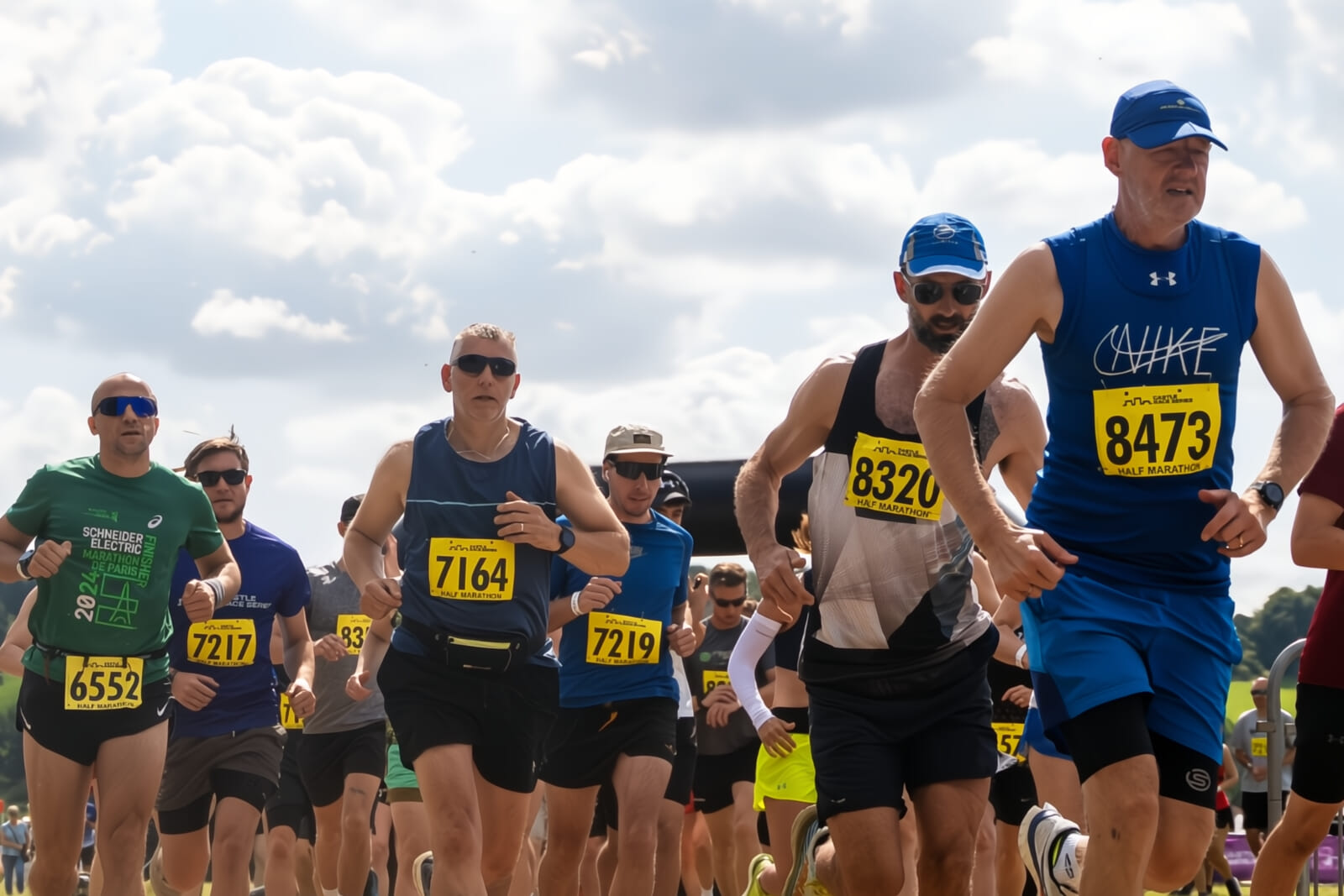
- Sun 19 Jul 2026
- £36-£45
Belvoir Castle | Half Marathon
A jewel in the castle crown! Get active in the beautiful castle grounds in a half marathon run then celebrate with fellow athletes, friends and family in the fantastic festival village afterwards.
- 21.1 km trail running
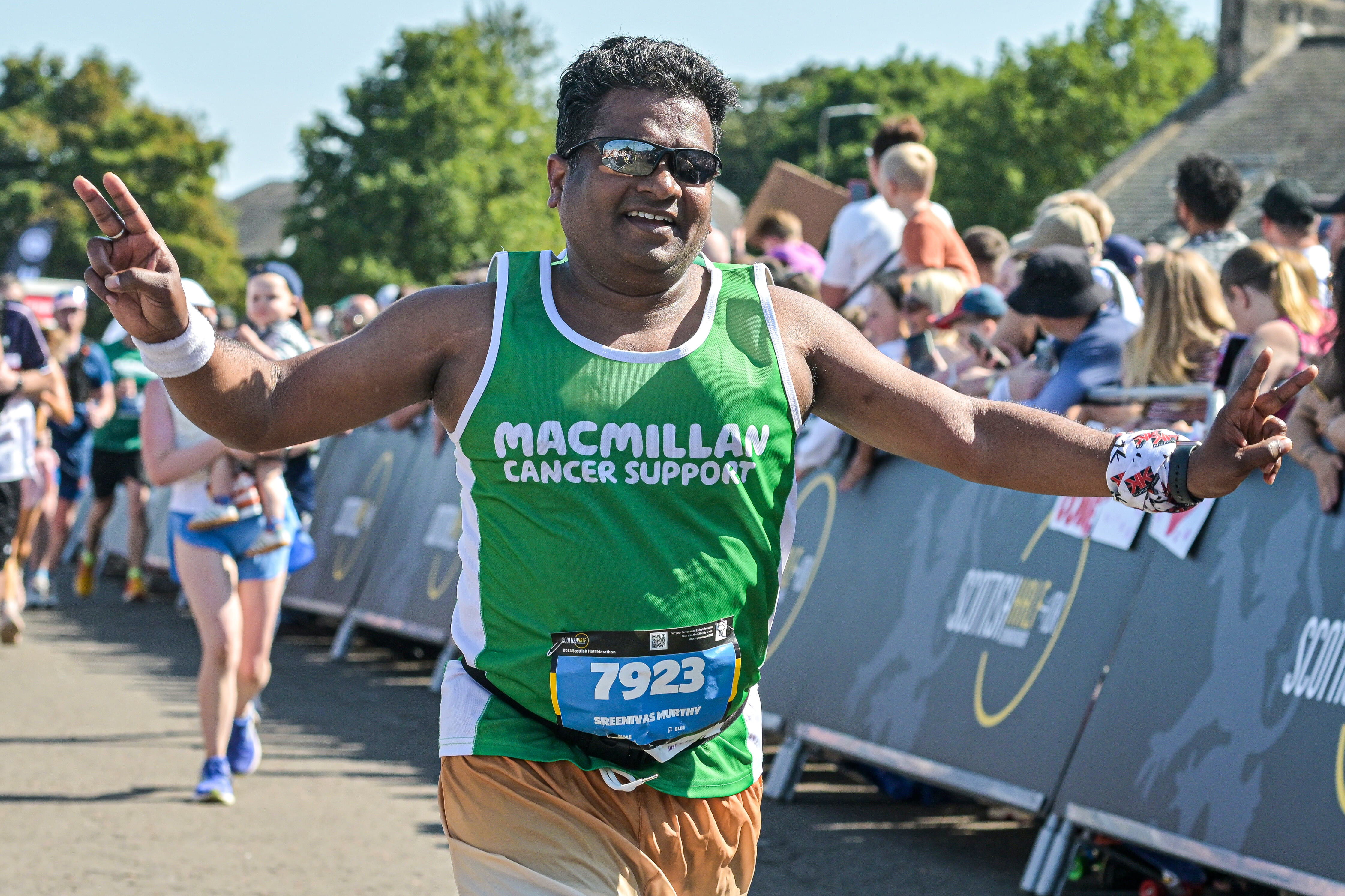
- Sun 16 Aug 2026
- £46.75
Scottish Half Marathon
A seriously flat and rapid point-to-point course with a downhill profile along the coast to finish in the final furlong of Scotland's oldest racecourse plus grandstand finish. Come and be part of it!
- 13.1 miles road running + 57 m ascent
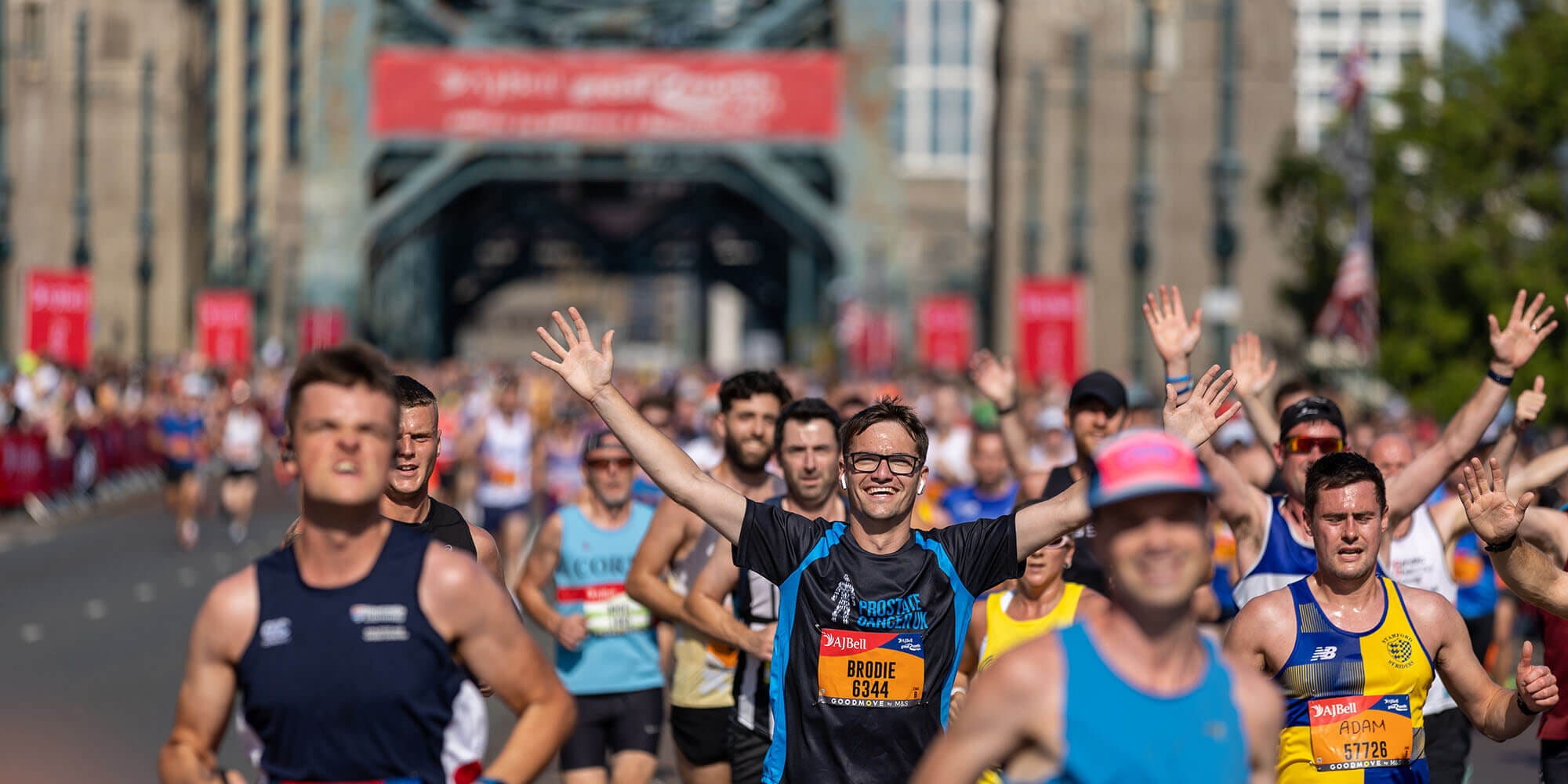
- Sun 13 Sep 2026
- £15-£80
Great North Run
Join 60,000 runners at the world’s biggest and best half marathon with a ballot entry. Get the low-down on key dates, the route and race-day logistics, then secure your place on the iconic start line.
- 13.1 miles road running + 404 ft ascent
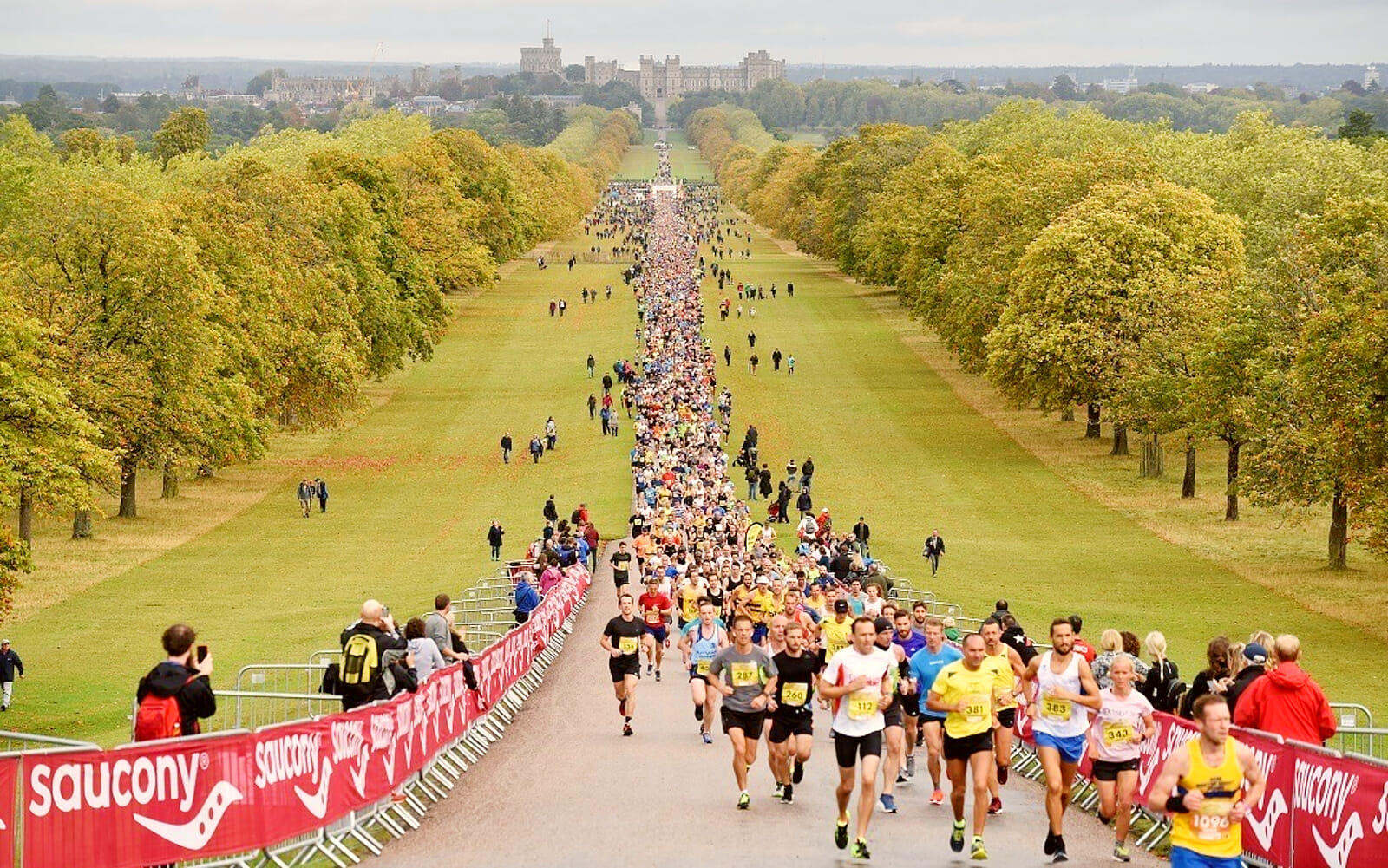
- Sun 27 Sep 2026
- £31.50-£48
Windsor Half Marathon
An inspiring half marathon in Windsor Great Park, starting and finishing on the Long Walk with Windsor Castle as the backdrop - probably the most iconic of all road race finishes in the UK!
- 13.1 miles road running + 167 m ascent
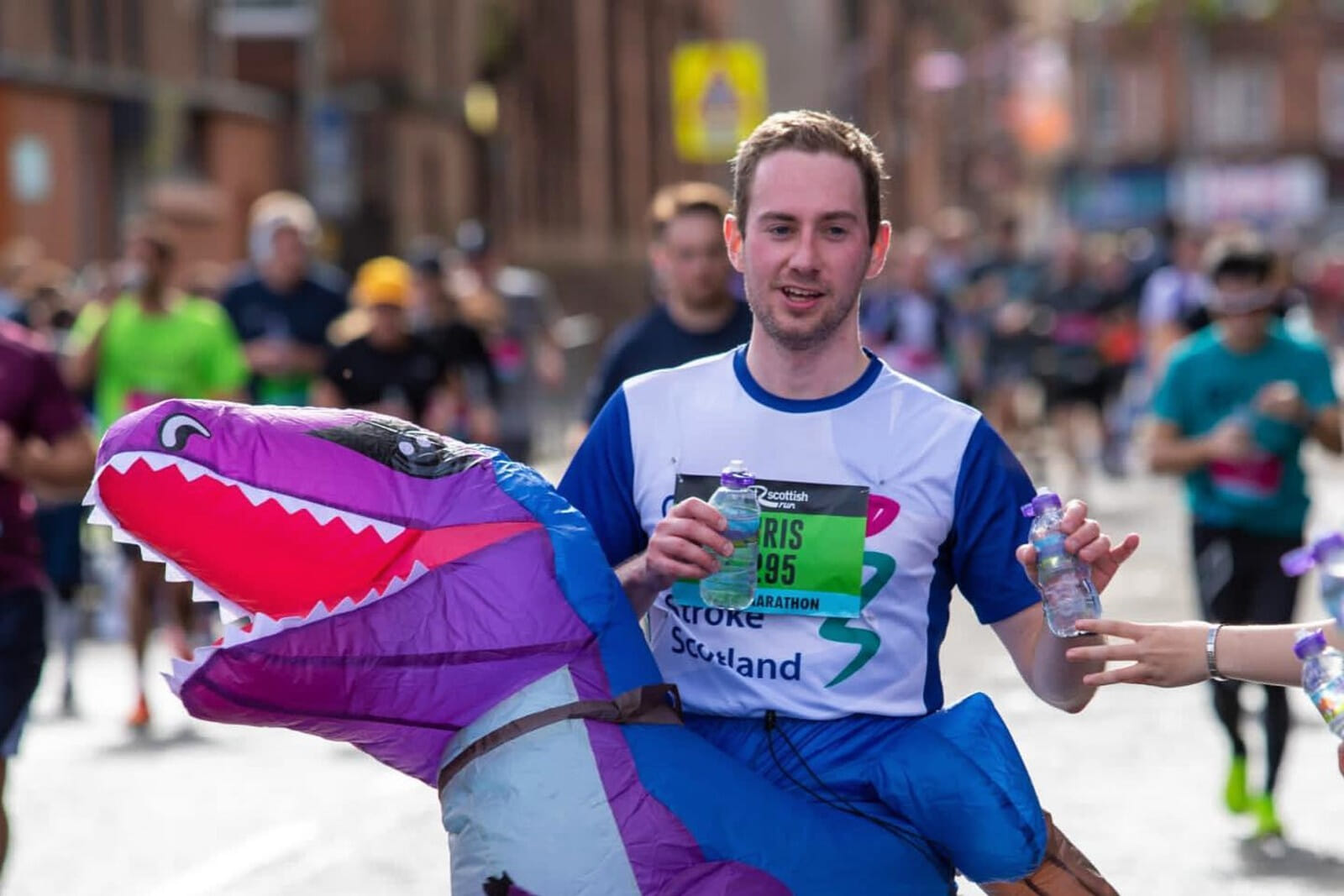
- Sun 4 Oct 2026
- £41-£48
Great Scottish Run Half Marathon
With a city centre start and finish, this is a celebration of everything that is great about Glasgow: inspiring urban architecture, green spaces, history, music, strength, spirit and great people.
- 13.1 miles road running + 389 ft ascent
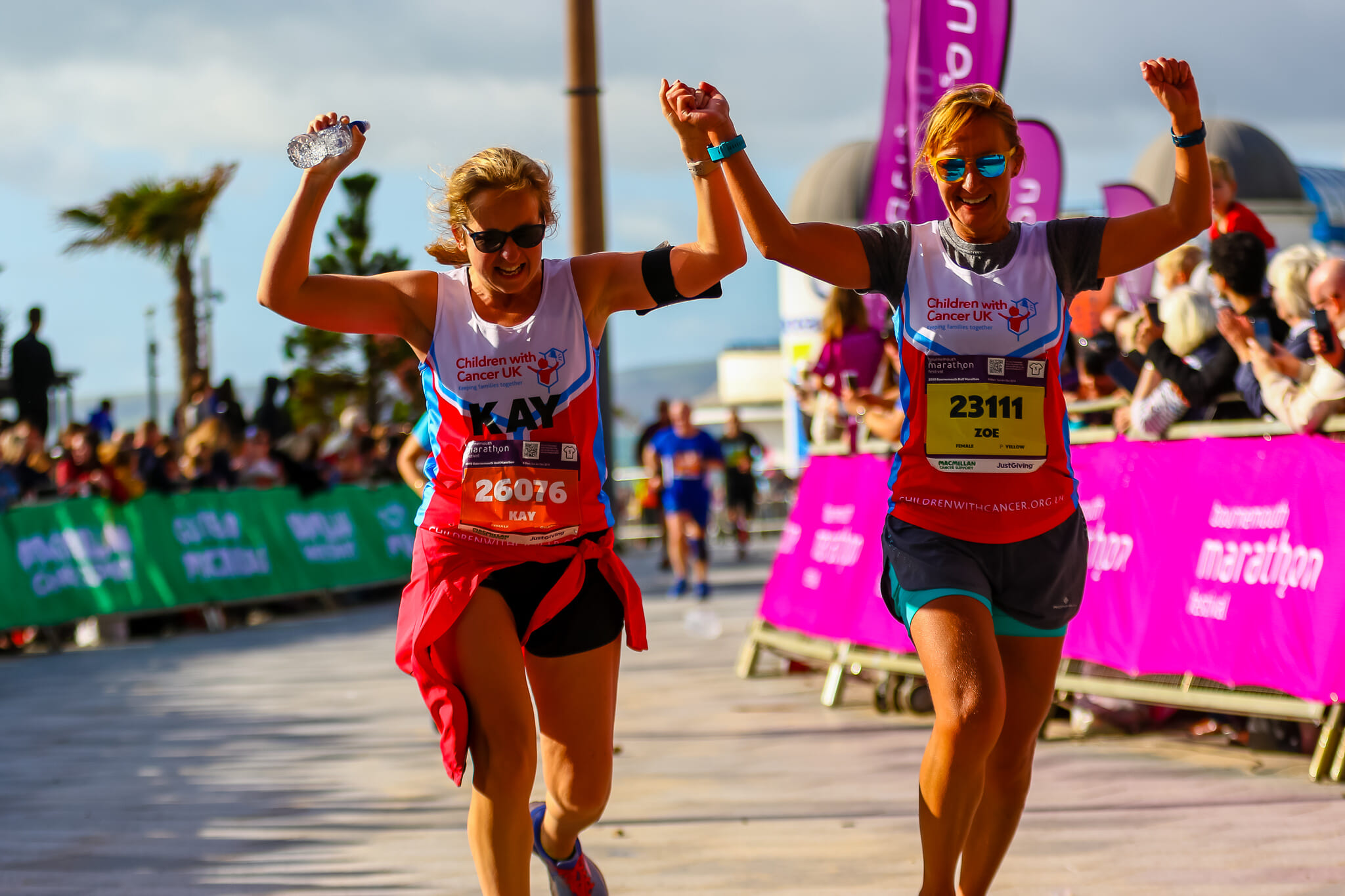
- Sun 11 Oct 2026
- £46.25-£51.50
Bournemouth Half Marathon
Sun, sea and 13.1 miles of stunning coastline — a spectacular half marathon taking you across both Bournemouth piers, as the headline event of the Run Bournemouth running festival!
- 13.1 miles road running + 101 m ascent
- Sat 16 May 2026
- £65-£70
Keswick Mountain Festival | adidas TERREX Half Marathon Trail Run
This 25km is graded ‘hard’ and is on technical, fast flowing and rugged trails around Derwentwater, the Borrowdale Valley and the Watendlath Valley. Includes Full Weekend Festival Ticket in the price!
- 25 km trail running + 750 m ascent